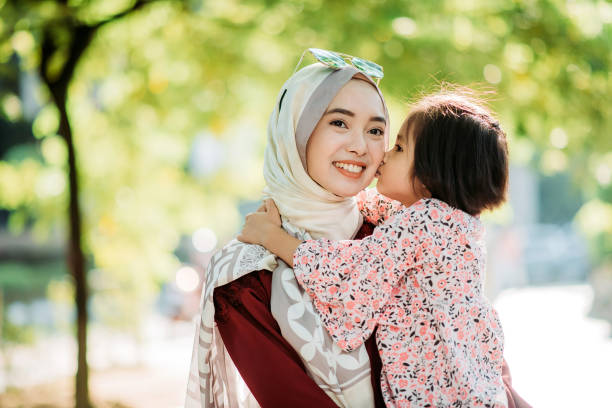≧◠‿◠≦✌
Welcome Back to my blog everyone!
I’m back with new posts to share with all of you!
For my new Passion blog section, I’ll be talking about the different cultures in my country Malaysia. I hope you’re all excited to learn more about my country as I am sharing them with you guys!

Malaysia has a diverse population. The indigenous Malays are the dominant ethnic group, followed by sizable communities of Chinese and Indians. Travelers may see that the many ethnic groups in the nation still practice their respective religions, cultures, and lifestyles.
For my first Passion Blog, I’ll be talking about the names of people in Malaysia and how we greet each other.
In Malaysia, different ethnic groups have different naming customs.
MALAY
Malay naming conventions structure names as follows:
[Given name(s)] [Patronymic noun] [Father’s given name].
For example, here’s my name : Norsabella Ilyana Binti Ahmad Sabri
Norsabella Ilyana is my given name, whereas Ahmad Sabri is my father’s given name. Binti is the patronymic noun which means ‘the daughter of’.

CHINESE
Chinese naming conventions arrange names as follows:
[FAMILY NAME] [given name].
For example, LEE Shin Cheng (male) and TAN Mei Ling (female).
INDIAN
Malaysian Indian names are generally arranged as follows:
[Given name] [Patronymic phrase] [Father’s given name].
For example, Nagaratnam a/l Suppiah (male) or Mathuram a/p Anbuselvan (female).
The a/l and a/p means ‘the son of’ and ‘the daughter of’.
In terms of greetings, the way you greet someone in a social setting will also usually depend on their ethnicity. Since most Malay people are familiar with Western customs, shaking hands is commonplace. However, there might be little variations, so here are some things to keep in mind:
Malay ladies and men typically do not shake hands. However, women can shake one other’s hands, same goes with men. Men may also avoid exchanging handshakes with women in favor of bowing and placing their hand over their hearts. This is usually because most Malays are Muslims and Muslims are not permitted to touch any part of the body of the other gender, whether they’re Muslim or non-Muslim.
The Chinese handshake is gentle and might last a while. Men and women are allowed to shake hands, but the lady must reach out first. As a sign of respect, many senior Chinese lower their eyes during the greeting.
Indians shake hands together with people of the same sex. It normally suffices to nod your head and smile when meeting someone of the opposing sex.

Those are the three main ethnicity in Malaysia. One thing I always found fascinating about Malaysia is that although we each have our own cultures, we are all able to live harmoniously in the country. We all managed to work together to develop the country into a better place and still continue to live together until now.

This was so fascinating to learn about. Because I have lived in the US my whole life, it is easy to forget that each country has unique customs and cultures. I am interested to find out the protocol when Malays, Chinese, and Indians interact with one another. I am an international politics major so I learn about other countries a lot, but it is a whole different experience learning from a native. I am excited to keep reading your blog!
Hi Bella! I really loved learning about Malaysia and its different ethnicities and practices! I find it really beautiful how the country brings so many people of different cultures together to form its own. It’s also very unique how the various cultures have their own traditions and still practice them in Malaysia. I’m so excited to see more of your blog this semester and learn about Malaysia!
I really loved learning about Malaysia. Considering I have lived in the US my whole life it was very fascinating learning how a different country lives. This will definitely be a place I’d consider going to once I start traveling.